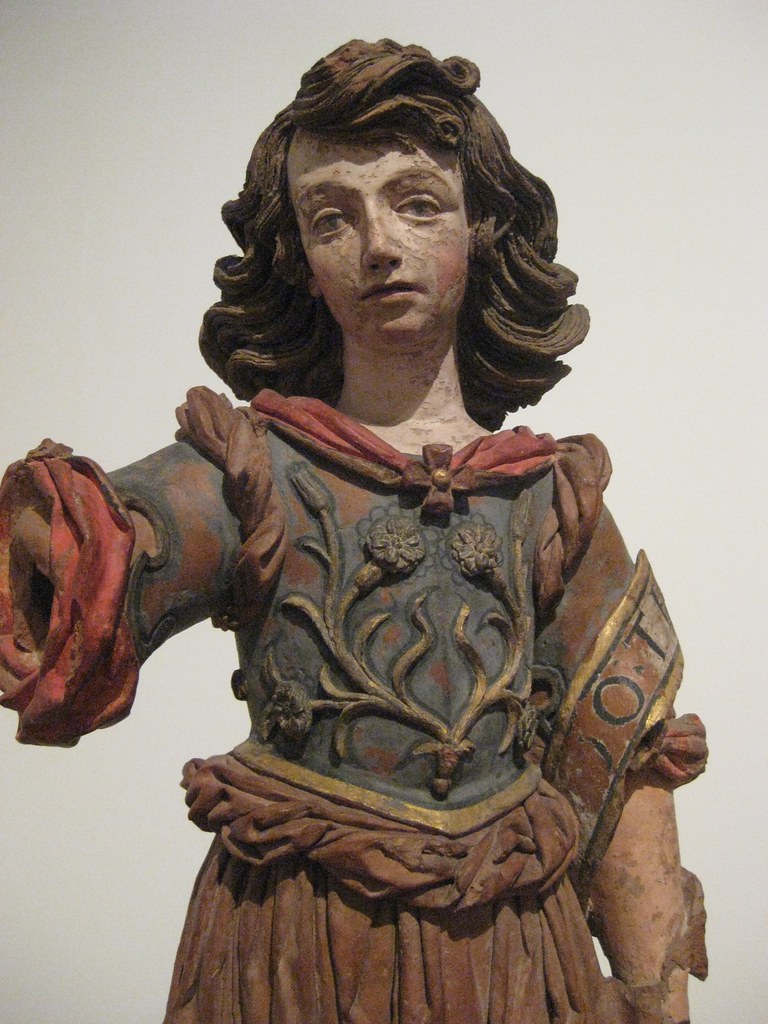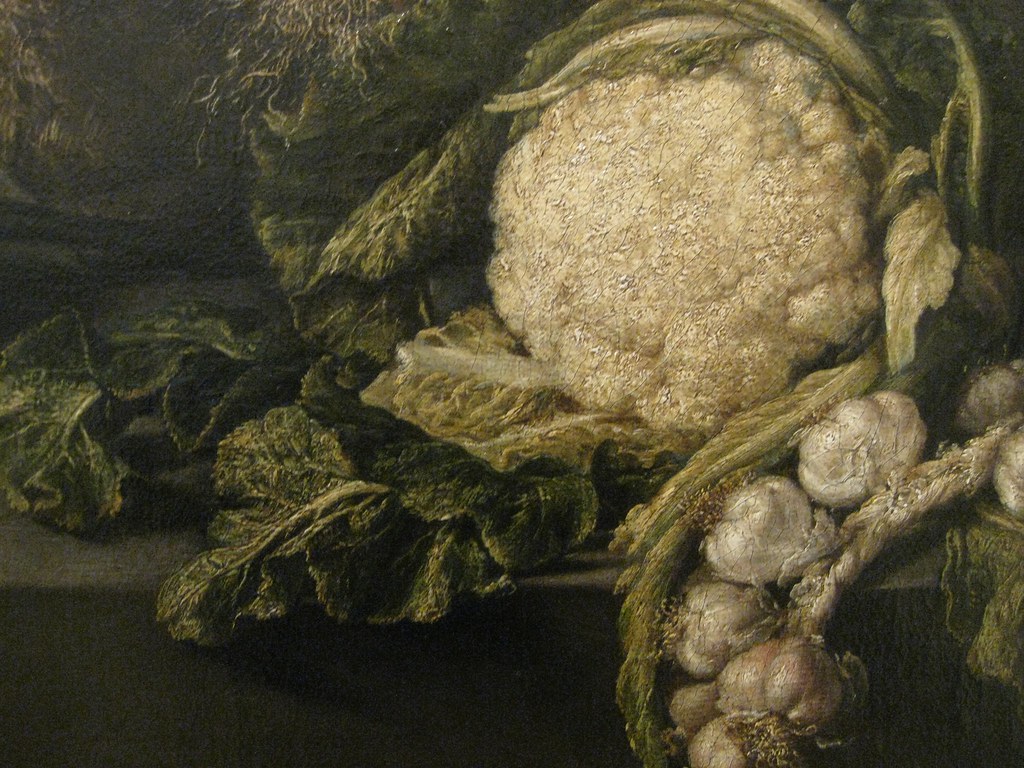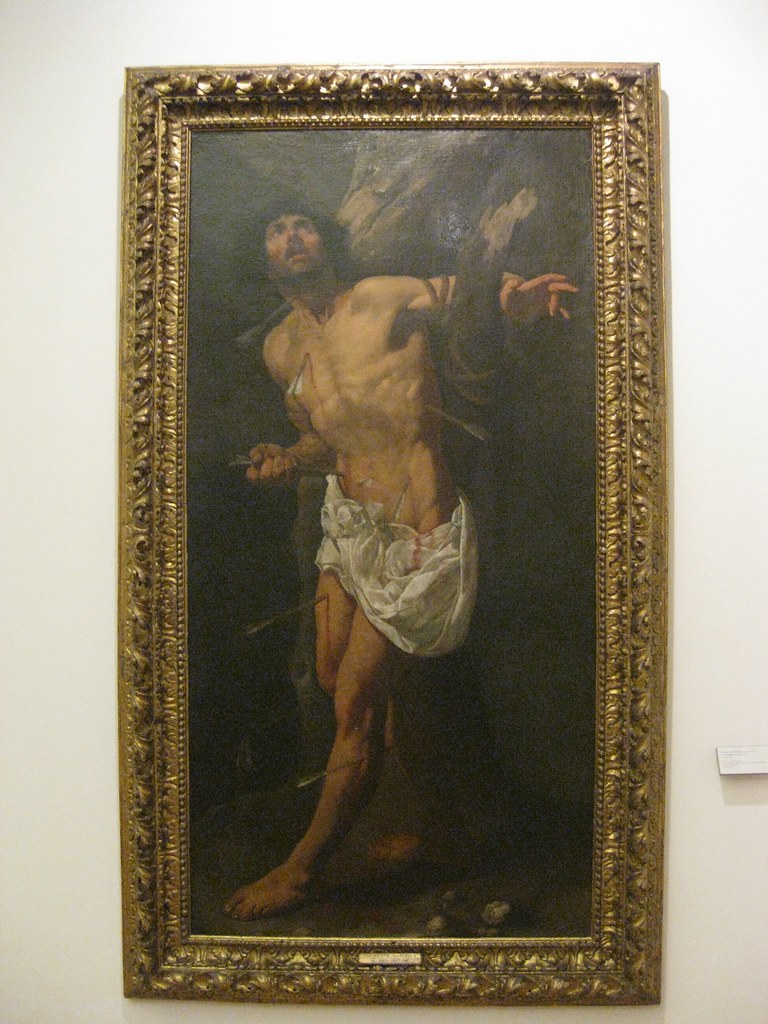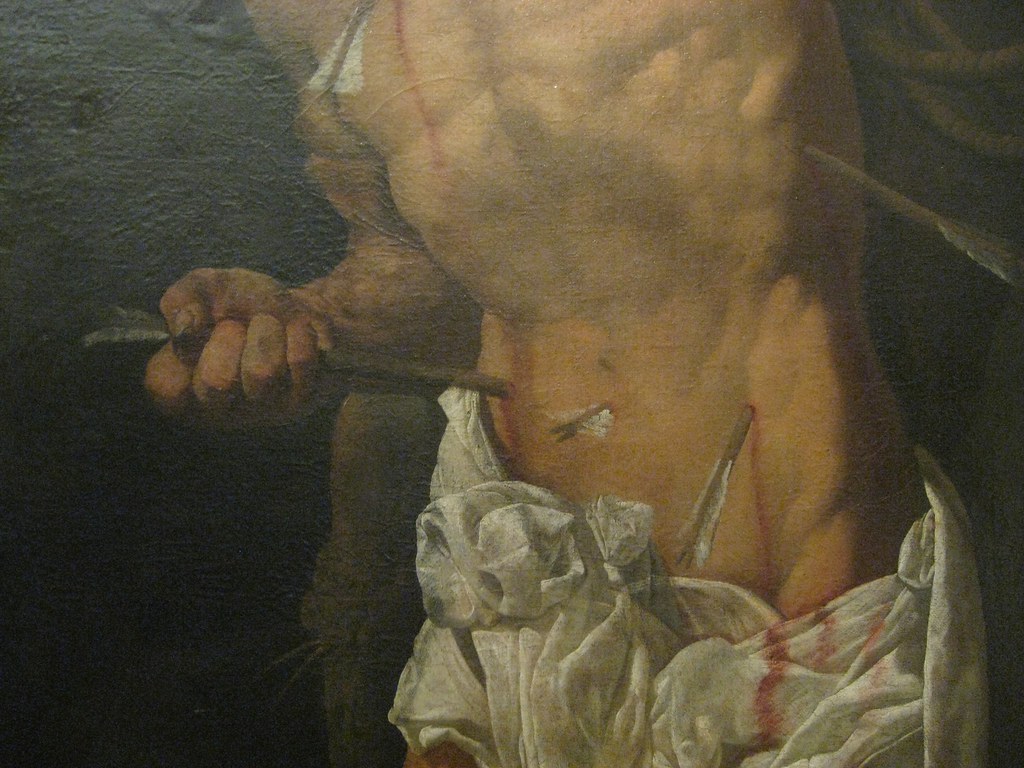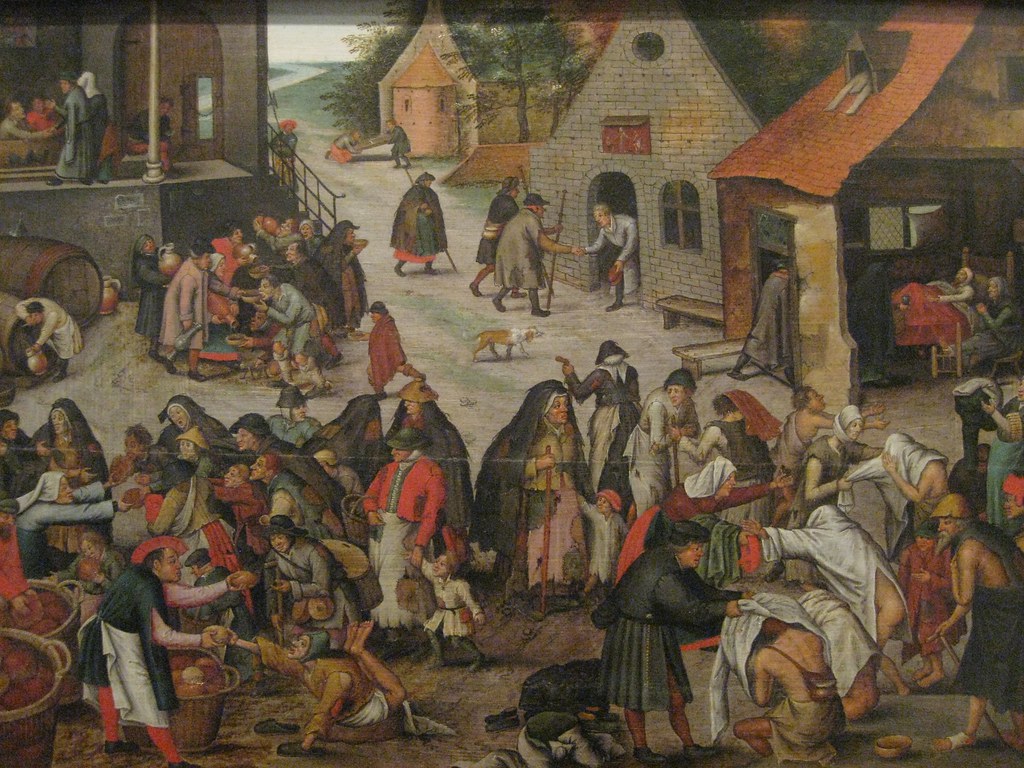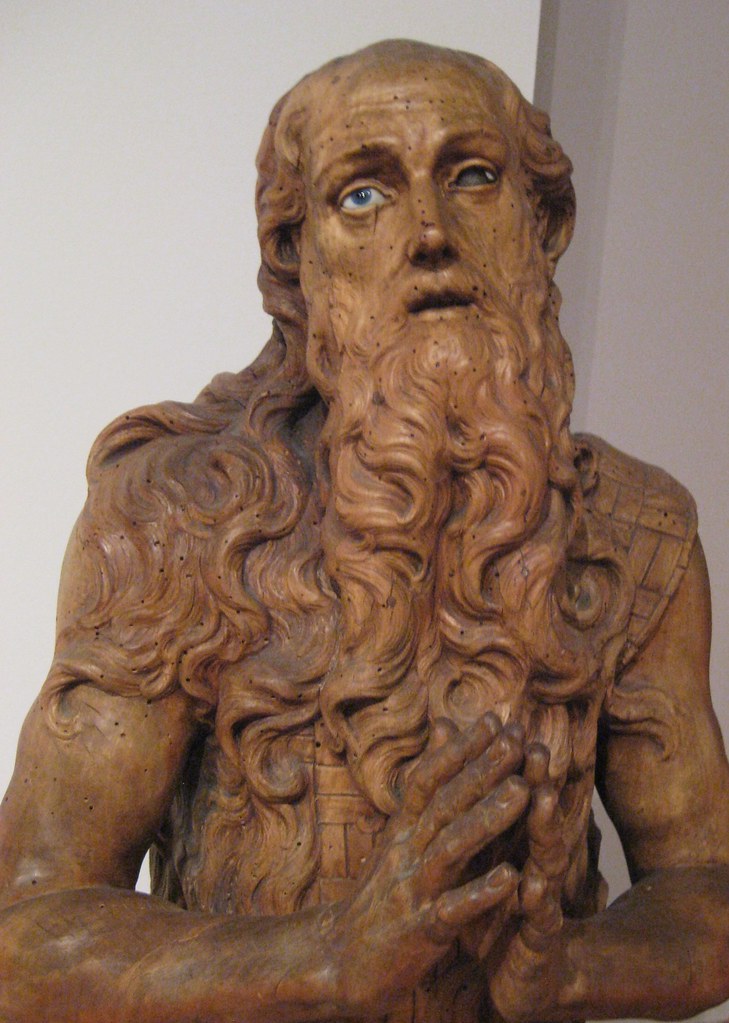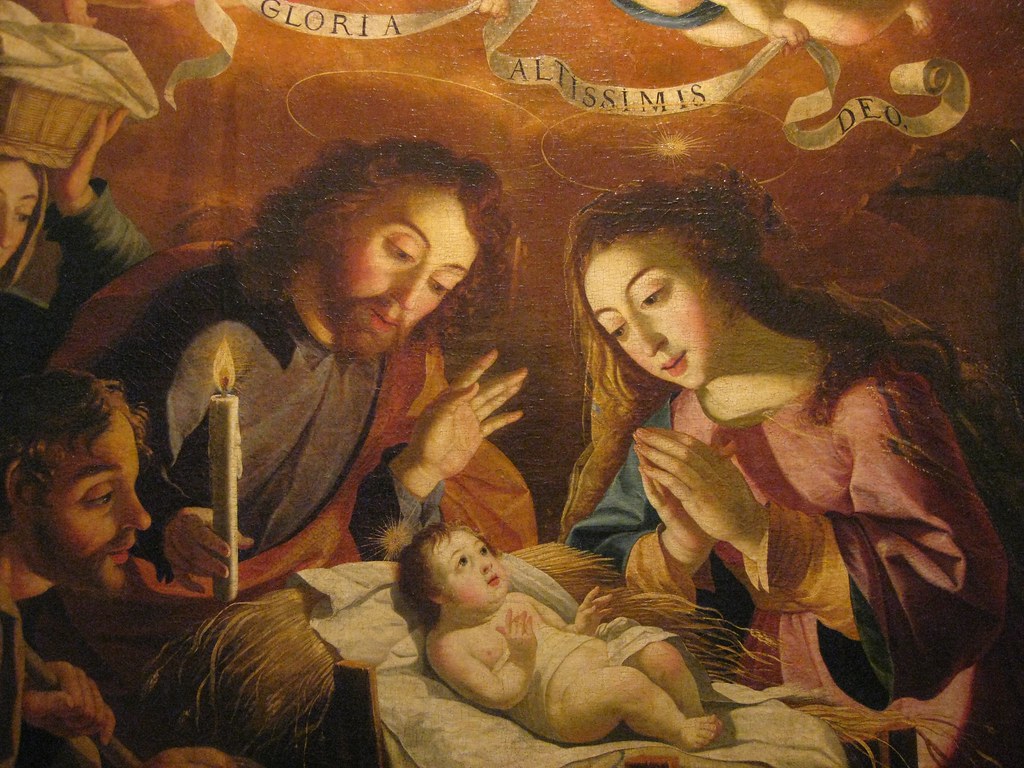 With only 36 hours in Lisbon, there was little time to explore Portugal's capital. I wanted to visit the city's most well-known art museum. So, when I asked a cab driver to take me to the Museum of Fine Art, I was taken to the Museu Nacional de Arte Antiga. (Roughly translated as the "National Museum of Ancient Art," the term "ancient" in Portuguese does not have exactly the same meaning in English, which would imply anything from pre-historic to, perhaps, the birth of Christ.)
With only 36 hours in Lisbon, there was little time to explore Portugal's capital. I wanted to visit the city's most well-known art museum. So, when I asked a cab driver to take me to the Museum of Fine Art, I was taken to the Museu Nacional de Arte Antiga. (Roughly translated as the "National Museum of Ancient Art," the term "ancient" in Portuguese does not have exactly the same meaning in English, which would imply anything from pre-historic to, perhaps, the birth of Christ.)
The Museum's collection represents works from the Middle Ages to the mid-nineteenth century. While it is not the only museum of fine art or necessarily the best, it was where I was taken. And, I am forever grateful to the cabbie who took me there.
Not surprisingly, the preponderance of the collection corresponds to the period when Portugal was among the world's superpowers. It is dominated by masters from the fifteen to seventeenth centuries, when Portugal was made rich discovering and trading with much of the world.
Many of us can name Spanish artists from the same period (e.g. Velázquez, El Greco). But, even though the Portuguese shared the Iberian Peninsula, their artists do not have anywhere near the same esteem or recognition.
For example, the artist Clemente Sanchez (Portuguese, Seventeenth Century) demonstrates a remarkable level of training, on par with any artists of the period. Yet, I am unable to find his biography or any work by him online. In Saint Sebastian (c. 1620), Sanchez shows a remarkable arsenal of skills; and, more importantly, represents a different approach that combines both the naturalism of Velázquez and the classical ideal of Poussin, who were both working at the same time. If his work truly represents a unique, Portuguese approach to art, it is worth publishing to a wide audience.
In addition to showcasing regional talent, the Museum features works that cannot be seen any where else by well-known, canonical Flemish, Dutch, Spanish, and Italian artists. The Portuguese were obviously aware of and collecting these artist like any other major European nation. (Even though the Museum has recently undergone a significant renovation, it has not yet put these works online.)
On the Wednesday afternoon I visited, there were more guards than visitors. As a result, I had the Museum to myself. Each work of art was mine alone. If you are in Lisbon, it may not be in your tourist guidebook; but, for art lovers, it offers the opportunity to discover remarkable, no-where-else-to-be-seen artworks and level of intimacy with them that is usually reserved for the royalty that commissioned them. (To see all the images I took, visit my Flickr photo set here.)
